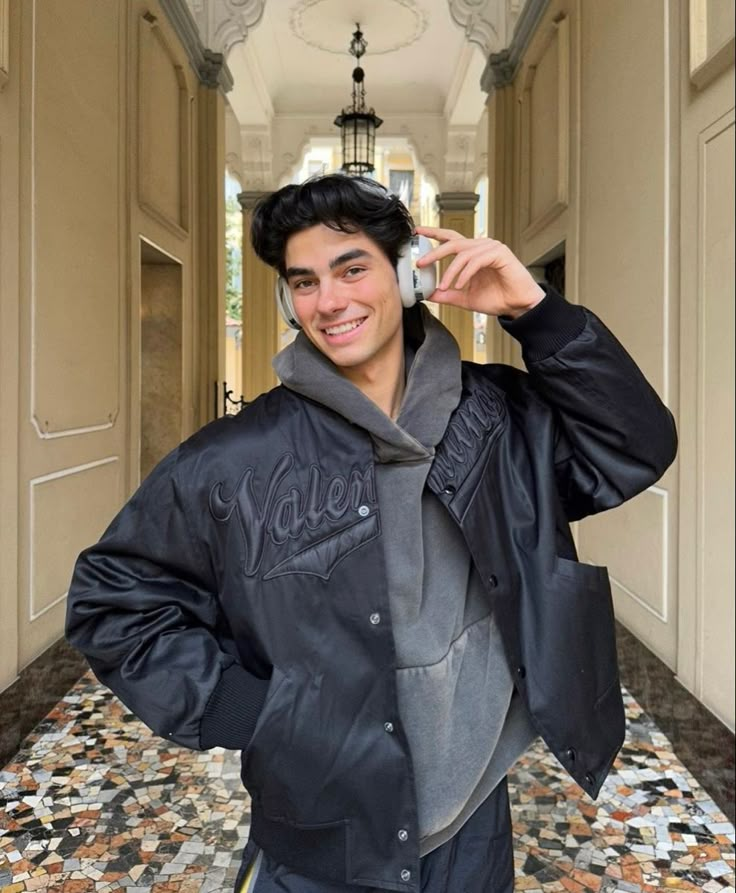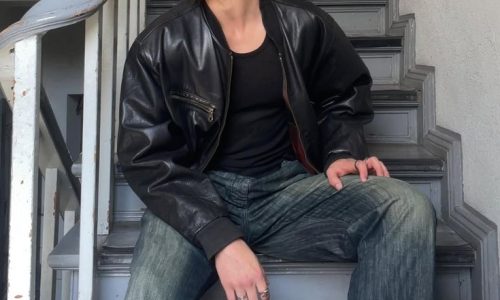
Breaking Gender Norms: Youth Fashion Goes Fluid in 2025
Introduction
In 2025, the boundaries of youth fashion are not just being redrawn—they’re being erased. The rigid binaries that once defined clothing as strictly “menswear” or “womenswear” have been replaced by a dynamic, fluid, and inclusive approach to style. Today’s youth are dismantling the outdated framework that linked fashion to gender roles. Instead, they embrace expression over expectation, identity over uniformity, and authenticity over tradition. Fashion has become a space where the freedom to be oneself is the only rule, and this fluidity is at the very core of the modern youth aesthetic.
As Gen Z continues to influence global culture and Gen Alpha begins to shape their own visual identities, genderless fashion is no longer radical—it’s relevant. This cultural transformation is reflected across social platforms, runways, retail spaces, and digital avatars. The shift is not just visual but philosophical, as clothing becomes a canvas for freedom, experimentation, and personal truth. Youth are leading this revolution not through slogans, but through everyday choices that challenge the status quo and create space for broader representation.
The Rise of Gender-Inclusive Design
In response to this shift, designers and brands have begun to rethink their collections from the ground up. Traditional sizing has been restructured to accommodate a spectrum of body shapes rather than adhering to male or female standards. Patterns, tailoring, and draping are being reimagined to flow naturally regardless of anatomy. The focus has turned toward shapes that express movement, mood, and personality rather than reinforcing fixed gender roles.
Unisex doesn’t mean neutral or bland—it means liberating. Garments are bolder, more innovative, and unapologetically personal. Fabrics range from soft knits to structured synthetics, colors run the full chromatic spectrum, and silhouettes combine utility with emotion. These pieces are designed to affirm individuality, not conformity.
Expression Through Styling
Personal styling has become one of the most visible ways youth defy gender norms. It’s not uncommon to see masculine-presenting individuals in skirts or dresses paired with combat boots, or feminine-presenting youth in oversized trousers and structured outerwear. Layering has emerged as a powerful tool for mixing gender-coded aesthetics, creating looks that defy expectation and reflect layered identities.
Haircuts, accessories, makeup, and nail design are also tools of expression, employed with confidence and fluidity. There are no longer limits to what belongs in a “male” or “female” wardrobe—only choices guided by mood, creativity, and purpose. This blurring of lines has made the act of dressing deeply empowering.
Retail’s Response to Fluid Fashion
Retailers have been forced to adapt to this evolving demand. In 2025, many brands have eliminated gendered sections entirely, opting instead for curated collections organized by aesthetic, fit, or function. In-store and online shopping experiences are now designed to empower exploration rather than funnel consumers into binary categories.
This change also reflects in marketing campaigns and store design, which now highlight diverse models and encourage creative self-expression. Dressing rooms are becoming more inclusive and flexible, and staff are trained to approach style assistance without assumptions. These shifts create a more welcoming space for shoppers of all backgrounds and identities.
Cultural and Social Impact
The move toward gender-fluid fashion is not just aesthetic—it’s political, emotional, and cultural. Youth are using fashion as a means to advocate for broader gender equity, mental health awareness, and the dismantling of systemic bias. Style becomes a visible language of protest, affirmation, and community-building.
Celebrities, influencers, and public figures are embracing fluid fashion in mainstream spaces, helping to normalize its presence. From award shows to social media platforms, garments once labeled as taboo are now symbols of courage, artistry, and truth. In classrooms, clubs, and content creation, fashion is being used as a tool for dialogue, inclusion, and representation.
Conclusion
The gender-fluid fashion revolution of 2025 is more than a trend—it is a cultural correction long overdue. Youth have declared that identity cannot be boxed, and that fashion should be as expansive and flexible as the human spirit. Clothing no longer defines who someone is, but reflects who they are becoming.
This movement toward genderless style is transforming not only closets, but mindsets. It challenges institutions to evolve, brands to listen, and society to recognize that style is a personal language. In 2025, youth fashion doesn’t just break norms—it redefines them, proving that the most authentic style is the one without limits.


